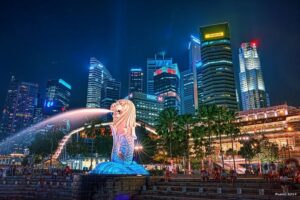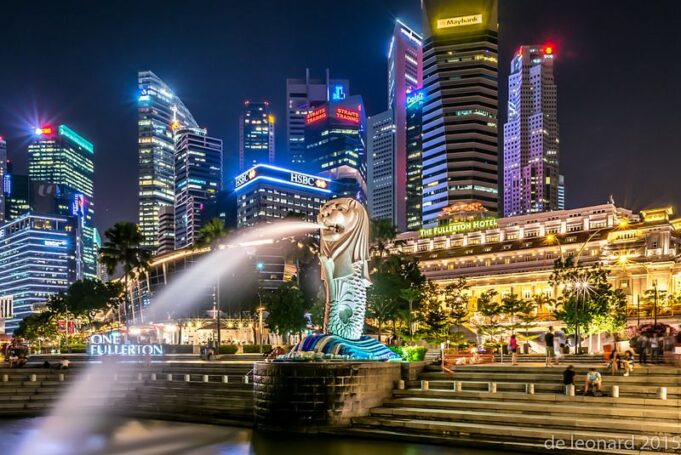Inspiration Coming down out of history
Designers would always desire to get flames that will initiate creativity. Some of them discover it on a walk through the cultural places in singapore, where history is marked on the walls and patterns. A walk around these regions is like flipping through a historical design portfolio developed over a millennium and a half. Exotic tiles, curved shutters, lantern-lit streets and carvings silently speak to ideas that subsequently appear on runways, on furniture or even on packages. This is living evidence that art does not begin in a studio, but it starts in the streets.

Texts that Texture Stories
Patterns of Daily Life
Enter a heritage quarter, and you are likely to be drawn by textures. Floral mosaics on tiles, gates in the form of a blossom, and rattan chairs lining the veranda are more than just decorating elements. They are design language. The various details are absorbed by local designers and incorporated into clothing, accessories or even digital drawings. Each of the motifs carries memory and connects the present-day style with the traditions.
The Material’s Role
The modern-day projects are still subject to influences of natural elements such as bamboo, clay, and stone. You will find these materials reinterpreted into lines of sleek fashion or in urban furniture. What used to be modest dwellings now makes monumental-like pieces that are yet modern yet earthy. These materials help soften this disconnect between the old and new through the texture of the materials.
Stolen Pallets of Streets
Bright Contrasts
The characteristic feature of cultural neighborhoods of Singapore is their courageous color use. The pastel blues are set off against deep reds, and the mustard yellow against the jade green. Designers studying such streets will normally carry over the palettes directly to fabric swatches or branding of products made. It is evidence that history was never cowardly.
Emotional Resonance
Colors are important in giving a mood. The faded pink of shophouse facades can also give inspiration to a romantic collection, and the deep earthy color of old bricks can initiate a rustic fashion talk. Creators are therefore guided by walking through a book of instinctual melancholy when walking through these areas.
The Oldest Fashion Born of Tradition
Revamped Classics
Heritage clothes that are worn only during ceremonies can now create casual clothing. Designers incorporate new shapes, substitute heavy materials with lighter materials, and retain telling embroidery. The results are ensembles that are tributes without being retro. It is a touch of preservation with reinvention.
Local Colour in the Accessories
Baggage designed in the form of a retro lunch bag, necklaces reflecting ancient ceramic decoration, or shoes that reflect the ancient ways of weaving have become the norm. Tiny details that draw on cultural heritage add a bit of character to accessories that other designs may not have because they are mass-produced. Such touches enable wearers to make history a part of their everyday life without giving it much of a thought.
Architecture as a Design Teacher
Symmetry and Organisation
The arches, verandas and lattice windows on a heritage building act as inspiration to peddle creativity. Cut and fold fashions use these forms. Furniture takes on symmetry and proportion that buildings use on their facades. There is a digitally replicated equilibrium in digital design also reminiscent of that which was present in old architecture. Each brick ever placed many decades ago is one that learns a proportion.
Exchange of Old and New
The combination of opposites is what makes the heritage-inspired work fascinating. Traditional and futuristic ideas are combined and create contrasts that are outstanding. A chic chair with a rattan weave and a contemporary jacket lined with Chinese Peranakan-style prints are both examples of a city that does not need to make a choice between the present and the past.
The Cultural Districts as Living Classrooms
Walking in as Research
The designers do not need to travel abroad to be able to find inspiration. Just by strolling in cultural centers, one can feel as though he/she is in a field classroom. Every lantern hanging over the street and every mural on a dilapidated building has an element of possibility. These districts are libraries of free textures, shapes and tones.
Everyday Influence
The ideas do not only absorb professionals. Heritage districts influence locals by making them dress, decorate and live in a certain manner without awareness of so doing. Cultural design permeates everyday life and develops a shared sensibility of style that has an impact on the market and fashion.
Festivals to Spark Creativity
Seasonal Showcases
Cultural festivals held in the districts annually usually convey costumes, dance and displays that serve as runways of heritage design. Designers come to see details such as embroidery, ways of how a fabric is draped, and accessories used by actors. Such temporary moments are likely to be reheated in the months of fashion weeks.
Social Laboratory
The benefit of festivals is the real-time feedback. When citizens show that they appreciate the look of a certain traditional garment, it is a sign to the designers that some colors or shapes are appealing. The events are not merely parties–they are experimental laboratories of what might end up being accepted into conventional fashion later.
So Why Heritage Is Still Relevant
Authenticity as a Global Market
When a world of design is an environment where everything can appear to be a replica of something, then using cultural districts can help to have some authenticity. It makes creations grounded in local soil but at the same time is also appealing internationally. Tourists bring back souvenirs; designers bring back inspiration that is much longer lived.
Deep Thoughts: Styling with Soul
This is because fads rise and fall, but cultural inspiration is timeless. The streets of heritage districts are a passive partner to many of the creative ventures that take place. They provide textures, colors and forms that could never be provided by a textbook. Designers also take them and rework them and recycle them in fresh looks and send them back to the city.
The idea of touring cultural sites in Singapore is much more than seeing. It is an entry into a living laboratory where the wall, tiles, and alley determine the next fashion and designs. Lantern-lit corners are all sketchbooks. All the carved motifs are germs of creativity. And any designer who admires an outing in this place gets back more than ideas–he gets a fragment of the past as a part of the style of the future.










